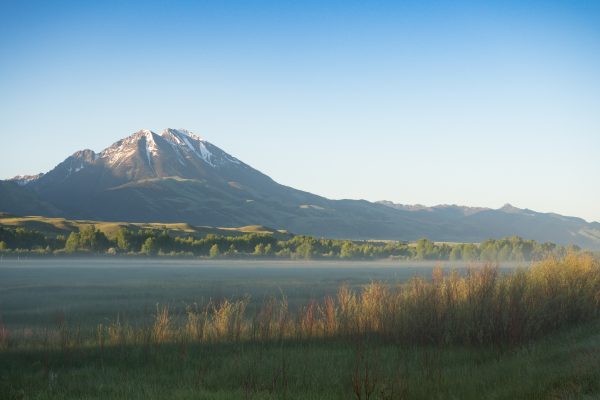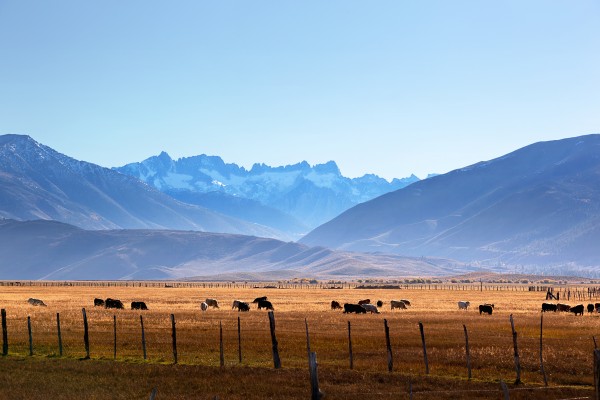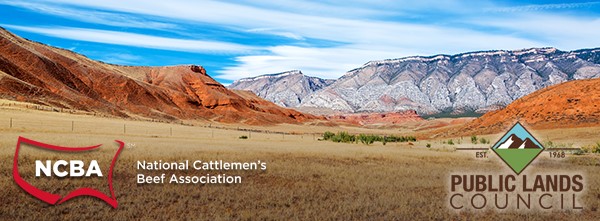WASHINGTON (April 19, 2016) – Fourth generation rancher Robbie LeValley of Western Colorado testified before the House Natural Resources Committee today to discuss the potential consequences of the Administration’s critical habitat policy. A recent rule finalized by the U.S. Fish and Wildlife Service will change the regulations for designating critical habitat. While the Service stated that the rule was intended to add clarity and simplify the critical habitat designation process, the reality, LeValley said, is that the rule goes beyond mere clarifications and simplification of the process and instead attempts a broad re-orientation of the scope and purpose of critical habitat designations.
“The livestock industry not only plays an integral role in the safekeeping of our federal lands but also in the maintenance of the critical habitat for the species on that land,” said LeValley, chairman of National Cattlemen’s Beef Association Federal Lands Committee, in her written testimony. “The federal agencies must move away from the scientifically inaccurate idea that removing, reducing and retiring grazing is the answer to every problem the agencies face on public land. As these new standards are implemented, they will have a negative economic impact on ranchers and rural communities without benefitting habitat and the species that live there.”
After a jaw-dropping opening statement by Rep. Jared Huffman (D-Calif.) calling the impacts to family businesses by this regulation “folksy anecdotes,” LeValley detailed the very real impacts to both habitat protection and operating certainty for her fourth generation family business. On the LeValley ranch, habitat for the Gunnison Sage Grouse has been a priority since 1995, when they engaged with Colorado Parks and Wildlife and Bureau of Land Management to protect grouse habitat through the implementation of several conservation easements, plus an additional 1,300 acres covered in a Candidate Conservation Agreement with Assurances.
“For generations, ranchers have served as stewards of the land,” said LeValley. “Land and habitat thrives because of the knowledge and resources that we put into our land and grazing management decisions. My operation, and the operations of other ranchers proves that managed grazing not only provides for livestock, but for wildlife as well. The time and money that ranchers invest into public land improves water sources, controls invasive species, and removes the fine fuel loads that contribute to catastrophic wildfires that destroy habitat and food sources for wildlife.”
Under questioning, LeValley detailed the increased uncertainty created by the revised rules, which will give the Service broadly expanded power to classify large areas of unoccupied range as critical habitat based solely on evidence of the “physical and biological features” needed to support a species. Even more alarming, she explained, is that the new rules also provide the ability to designate critical habitat based on a site’s potential to support those physical or biological features, even if they do not exist at the time of the designation. This broad latitude brings every single acre of a species’ range into the crosshairs of a critical habitat designation, which can hamper successful conservation efforts already underway.
In response to a question about collaboration with federal agencies, LeValley said, “While we are working with the Fish and Wildlife Service, there are times, especially recently, where they have said ‘Our preferred alternative is no livestock grazing’. That’s concerning.”




